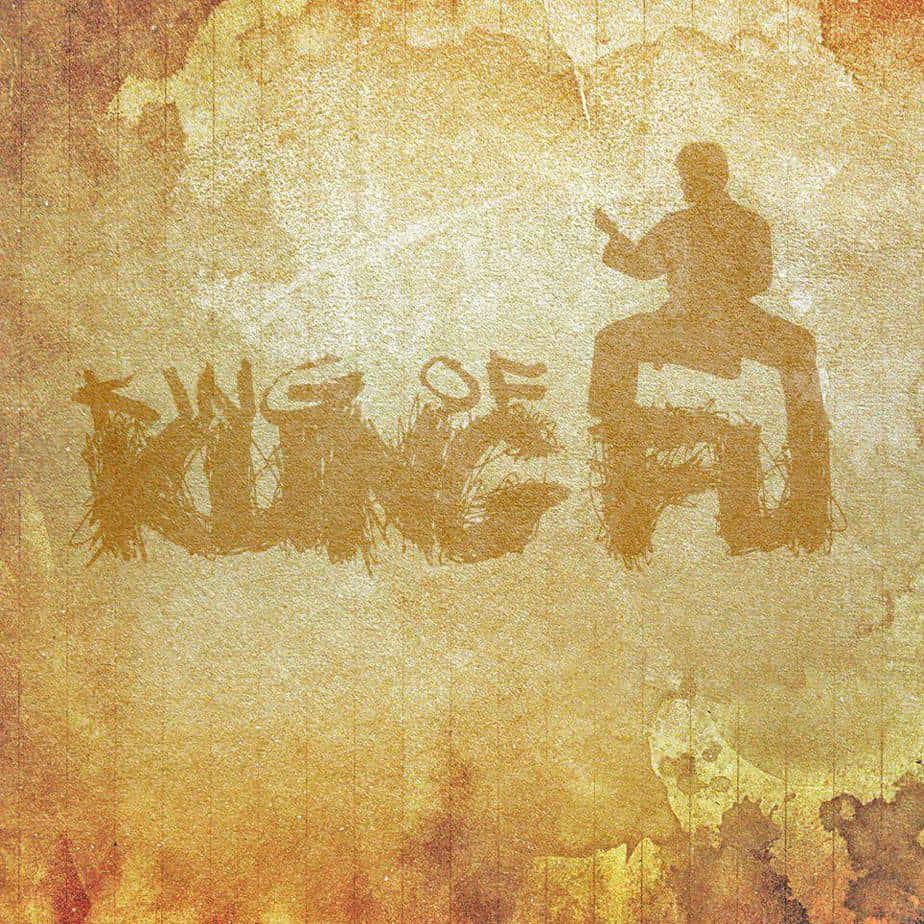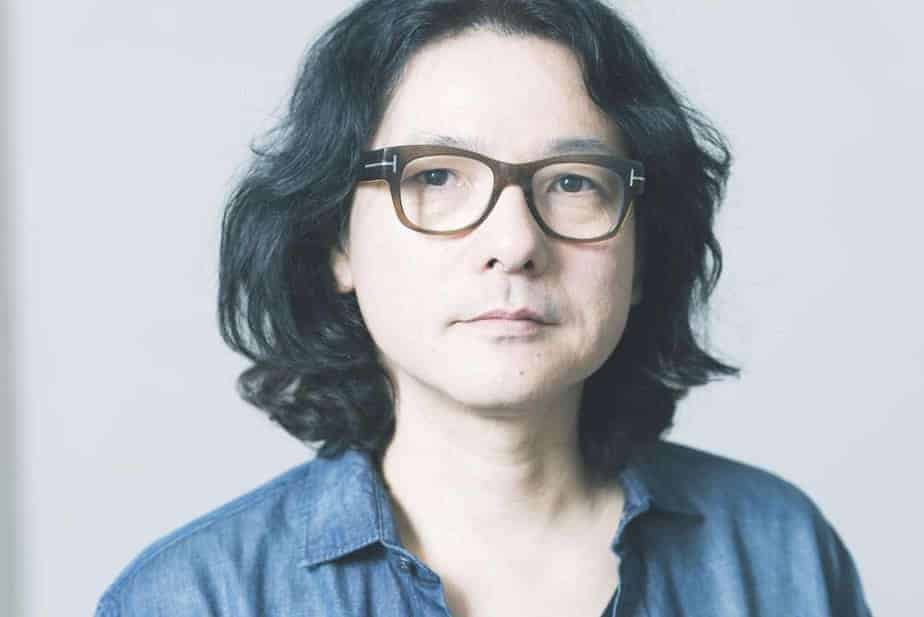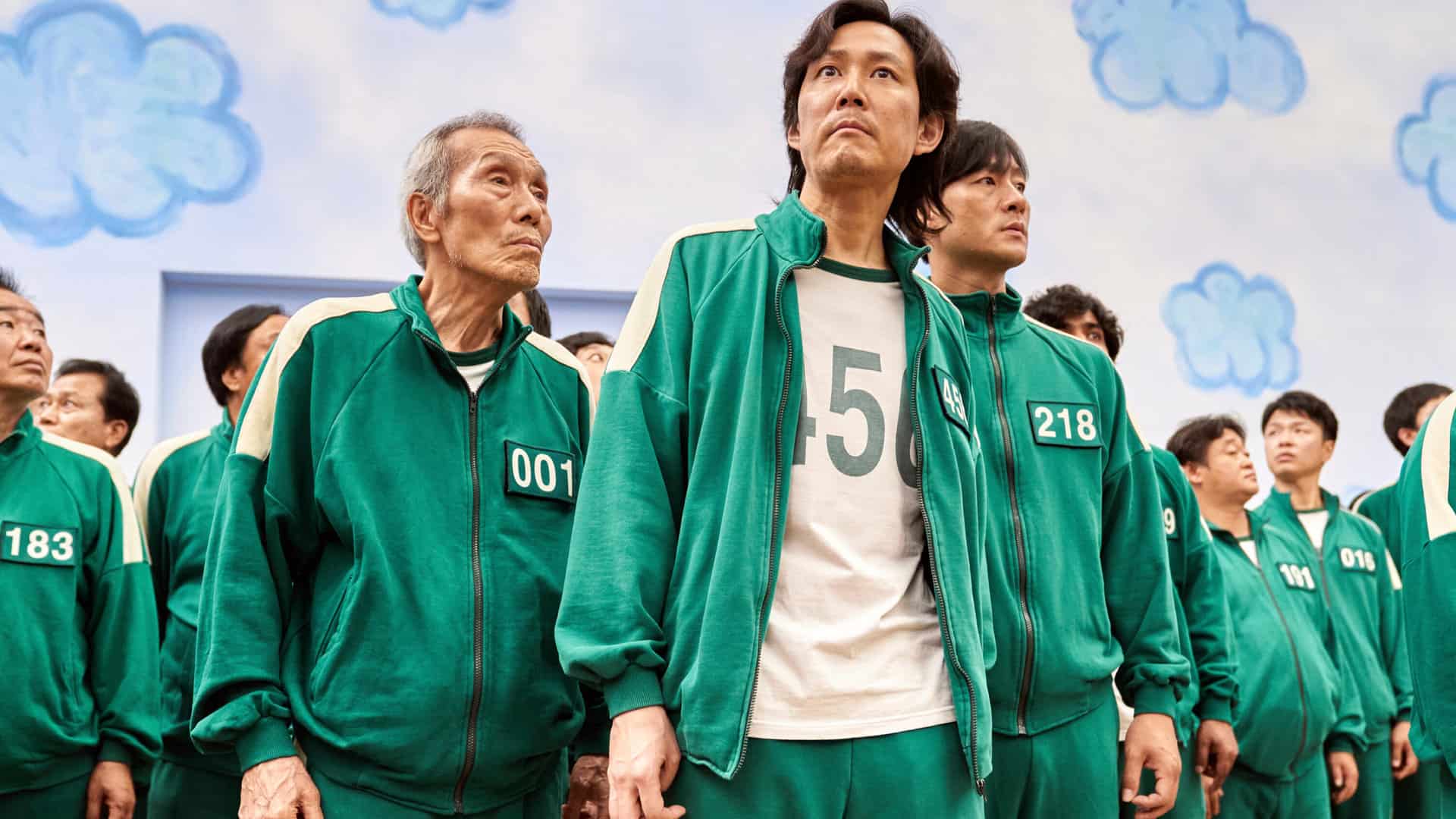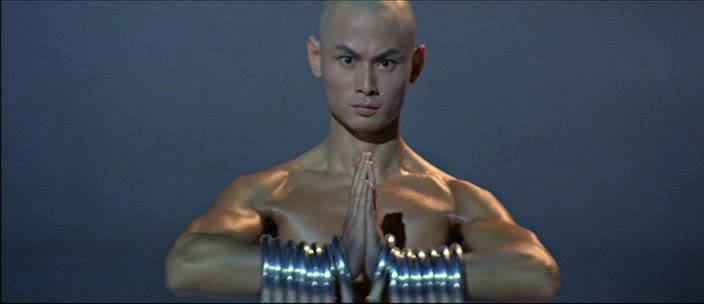Saurabh was born and spent his childhood years in India, after which he left to complete his higher studies in the United States. He then returned to India, where he studied cinema and worked in the film industry. After working on various camera crews in feature films, commercials and documentaries, Saurabh made his way to Latin America, where he graduated in Cinematography from the International Film and Television School, San Antonio de Los Baños, Cuba. He has served as Director of Photography on a number of short and feature films such as, 'Anfibio' (Festival de Cannes), ‘La Carga' (IDFA , Best Documentary Short – Malaga Film Festival), The Gold-Laden Sheep & the Sacred Mountain (IFFR-Rotterdam, MAMI-Silver Gateway Award), ‘El Destetado' (TIFF), and ‘Tiznao' (Festival Biarritz Amérique Latine, Havana Film Festival)
His recent work has gained critical acclaim and has been showcased in international film festivals such as Cannes, IDFA, Toronto, Rotterdam, Malaga, Havana, and Viña Del Mar amongst others. He is also an alumni of the Berlinale Talents, 2017. He is currently based out of Latin America and India. Saurabh is the DoP in the 2018 debut feature “The Gold-Laden Sheep & the Sacred Mountain” by Ridham Janve. We speak with him about his multicultural experience ad background, the tech challenges of shooting at 4,000 meters, the cinematographers that inspired his work, and more.

You have studied in the US, India and Cuba. How have these different influences have shaped you as a cinematographer?
Growing up and studying in three different countries, has given me the opportunity to observe and learn about three different cultures, consequently influencing the way I see and ‘digest' my surroundings. The morning light in Bombay is not the same as it is in Pennsylvania, the various skin tones in Cuba differs from that of North India, the Cuban sunset is not as hazy as it is in Delhi due to lesser pollution. These are examples of how it has affected my visual vocabulary and how I, as a cinematographer, interpret a story. Without cultural context, visual context does not exist, I now speak three languages and that allows me to explore three different worlds through the lens, both narratively and visually, understanding the nuances and details that a foreigner might not notice immediately.
In general, there are some misconceptions about where the role of the director ends and that of the cinematographer begins. I understand it varies depending on the director but can you shed some light on that?
I think it depends on each director and also on each cinematographer but I feel the working relationship between director and DP is like a Venn Diagram, where each one has her/his own role and responsibilities towards the film. But then there is the middle part of the diagram, where there is a synergy of creativity that blends these roles, where the director is also the cinematographer and the cinematographer also the director, two authors creating together. I truly believe in this close collaboration and I feel it only enhances the film.

How was your cooperation with Ridham Janve? How did you approach the shooting in such a difficult setting as the one in “The Gold-Laden Sheep & the Sacred Mountain”? Can you give us some more details about the equipment you used?
I had very little pre-production time with Ridham, we had shared a few conversations a few weeks before we started shoot and a few days on location before shooting. Ridham was quite clear on how he saw the film and that helped us together to develop the aesthetic as we progressed through the story and our ‘journey'. It was a journey that we both and the rest of the cast and crew took on, being a hybrid between fiction and documentary, we had to be very observant and reactive to what was happening in front of us and how we approached the story.
Working with Ridham was a great experience, I think we both learnt a lot from each other. His approach working with non-actors and my previous experience with non-actors, made it possible to delicately and maturely create, which was a pleasure for me as the director of photography and rest of the minimal crew. Shooting at 4,000 meters, in extremely tough terrain and weather, there was something larger than us in front of us; the Himalayas playing an important ‘character' influencing how we moved and worked. Almost each day, we would trek an hour minimum to capture our first scene so we had to be careful how we setup each scene and progressed through the day.
We were limited in our equipment as everything that we took with us had to be carried on our backs. I decided to use the Black Magic Pocket Cinema camera, the first version which uses the Super 16mm sensor, thus allowing me to use older Arri Ultra16 Super16mm lenses. This created a beautiful combination of practicality and quality, maintaining a certain texture in the image. Majority of the film is shot using a single tripod, a few handheld sequences and no electrical lighting equipment. I took a few candles and one foldable reflector for certain sequences. All equipment had to be charged by a solar panel system that was built for our film, being the first film in India to be fully filmed using solar energy if I'm not mistaken. I think in our third week, it rained for almost 36 hours and we had to stop shooting for a day because we were not able to charge our camera batteries.
What are the difficulties when shooting non actors?
Working in Latin America for the last several years has given me quite a lot of experience shooting with non-actors. It's quite common in the new independent wave of Latin American Cinema to work with non-actors, so when I started working with Ridham on his film and the non-actors present, I was already pretty comfortable. I feel the difficulties working with non-actors has to do with the time the director and crew get to work with them in pre-production. I feel time is extremely important for them to get comfortable with their characters and the camera and crews. I would recommend that extra time to anyone who really wants to work successfully with non-actors. Also I feel that patience on set is very important and to realize that it's not the same dynamic as working with well-versed professional actors. I really enjoy the experience, because I feel that non-actors bring a certain sense of naivety and freshness which reflects on the entire cast and crew; where everyone from the director, director of photography and even professional actors on set really gain from their presence.

Are there any particular films or cinematographers whose work you admire?
Well , there are many films that I admire, so maybe it's easier to mention the cinematographers whose work I admire and respect. The reason I actually traveled to Latin America and decided to study at the International Film School in Cuba was because of the work of Uruguayan-Brazilian Cinematographer, Cesar Charlone (“City of God”, “Blindness”, “The Two Popes”). I had seen City of God in the cinemas in the US when I was finishing high-school and I was totally blown away with the images and world that was created, and that introduced me to many other Brazilian and Latin American filmmakers. The ability to tell their own stories, unique voices illustrating their own realities, thus, inciting a keen interest in the cinema of that continent ultimately led me to move to Cuba to study and continue to work in Latin America. Cesar Charlone happens to also now be a close friend and mentor which I'm extremely grateful to the coincidences of life.
The legendary Roger Deakins is another cinematographer that I truly admire, from his work with the Coen Brothers to his later work with directors such as Sam Mendes and Denis Villeneuve. I respect his simplistic and narrative approach to cinematography, putting story above image making, and at the same time creating some of the most beautiful and iconic images of cinematic history.
Closer to home, Kashmir-born cinematographer, Tassaduq Hussain has been a mentor and inspiration throughout my early film school days to this day. One of the first people to give me a chance to work in the camera department in commercials in Bombay. From his feature work with Vishal Bhardwaj to his incredible commercials career, he brought something new and refreshing to Indian commercial image making and I feel in someways has been a direct influence to many of the younger generation of DP's currently shooting in India. I really hope to see him shoot a feature film soon, I think we need it.

What is the situation with the cinema industry in India and Cuba?
I have been based out of Colombia for the last few years, but also working in the region in countries such as the Dominican Republic, Venezuela, and Peru. The Cuban film industry is extremely small, the majority of production falling under government control and with younger filmmakers hoping to find foreign co-productions and funding in order to further expand the independent film movement. Colombia is in a relatively new and exciting stage in their cinematic history. They passed a new film law a few years ago which provides huge tax benefits for foreign productions and also annual funds supporting local filmmakers. This law has brought many foreign productions to shoot in Colombia, everything from Netflix series, Hollywood Blockbusters to other Latin American films. This surge in production has created high quality and technically proficient crews and consequently now Colombia is producing their own Netflix series and high-end productions to go along with their strong independent film industry.
I feel the Indian Film industry at this moment, is going through small but significant changes. I have spent more time in Latin America than in India recently but I see the influx of newer production houses creating different content – films and TV Series, inspiring a slight change in mindset. Now with Netflix and Amazon amongst others producing a large amount of content, the hope is that this helps fresh voices emerge and gives a chance to tell their stories.
Are you working on anything new?
Earlier this year, I shot a feature film in India. Kanu Behl's second Feature, “Agra”. At this moment, I'm in the Dominican Republic shooting a feature with a first time director from the island, with a prominent local production house called BOU Group. Its my second feature in the Dominican Republic, as last year I was the Director of Photography on the independent feature called Candela directed by Andres Farias. A film that has been strongly supported by the Sundance Institute and La Fabrique in Cannes.















